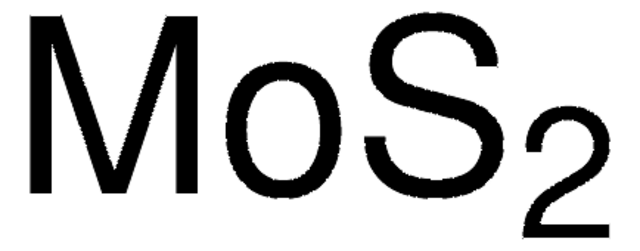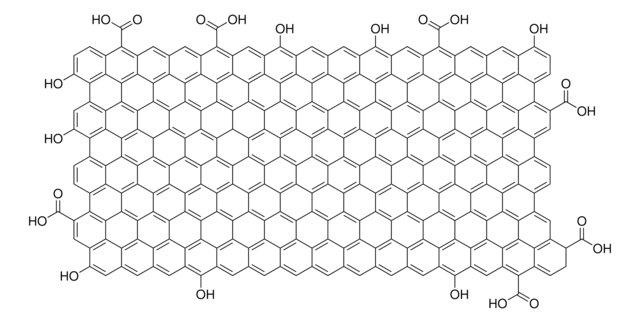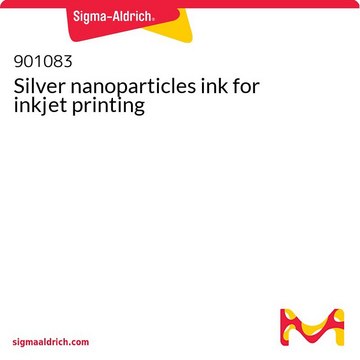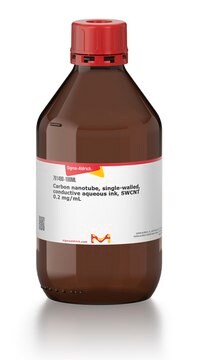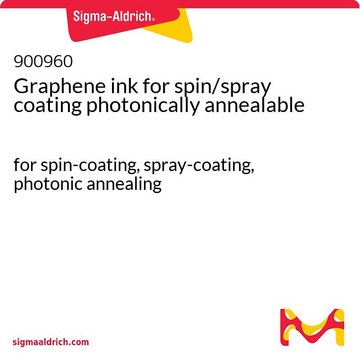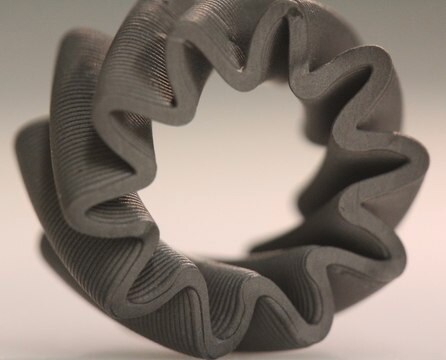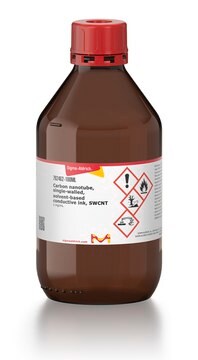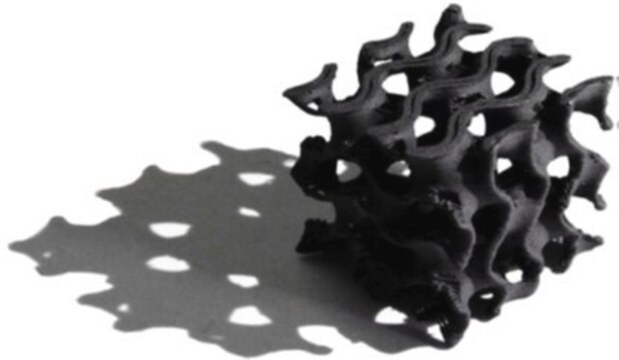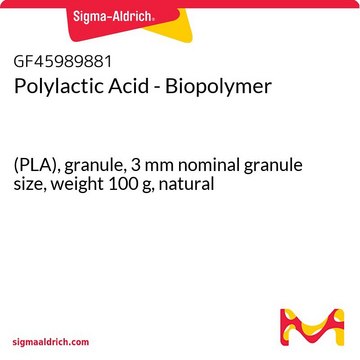901889
3D printing copper ink
Synonym(e):
3D printing copper ink, Copper, Copper ink, Cu
About This Item
Empfohlene Produkte
Form
liquid
Grünere Alternativprodukt-Eigenschaften
Design for Energy Efficiency
Learn more about the Principles of Green Chemistry.
sustainability
Greener Alternative Product
Viskosität
20-60 Pa.s
Grünere Alternativprodukt-Kategorie
Lagertemp.
2-8°C
Allgemeine Beschreibung
Anwendung
Our metallic copper 3D-printing ink is comprised of copper particles (1-10 μm) suspended in a mixture of organic solvents containing a dissolved, high molecular weight elastomeric, biocompatible polyester (polylactic-co-glycolic acid; PLGA). Prior to further use, to remove residual solvents after 3D-printing (or other application such as coating, direct painting etc) the copper composite material should be washed in 70% ethanol and then by water.
Angaben zur Herstellung
Signalwort
Danger
H-Sätze
Gefahreneinstufungen
Carc. 2 - Eye Irrit. 2 - Repr. 1B - Skin Irrit. 2
WGK
WGK 3
Flammpunkt (°F)
Not applicable
Flammpunkt (°C)
Not applicable
Zulassungslistungen
Zulassungslistungen werden hauptsächlich für chemische Produkte erstellt. Für nicht-chemische Produkte können hier nur begrenzte Angaben gemacht werden. Kein Eintrag bedeutet, dass keine der Komponenten gelistet ist. Es liegt in der Verantwortung des Benutzers, die sichere und legale Verwendung des Produkts zu gewährleisten.
EU REACH SVHC Candidate List
EU REACH Annex XIV (Authorisation List)
Hier finden Sie alle aktuellen Versionen:
Analysenzertifikate (COA)
Die passende Version wird nicht angezeigt?
Wenn Sie eine bestimmte Version benötigen, können Sie anhand der Lot- oder Chargennummer nach einem spezifischen Zertifikat suchen.
Besitzen Sie dieses Produkt bereits?
In der Dokumentenbibliothek finden Sie die Dokumentation zu den Produkten, die Sie kürzlich erworben haben.
Kunden haben sich ebenfalls angesehen
Unser Team von Wissenschaftlern verfügt über Erfahrung in allen Forschungsbereichen einschließlich Life Science, Materialwissenschaften, chemischer Synthese, Chromatographie, Analytik und vielen mehr..
Setzen Sie sich mit dem technischen Dienst in Verbindung.